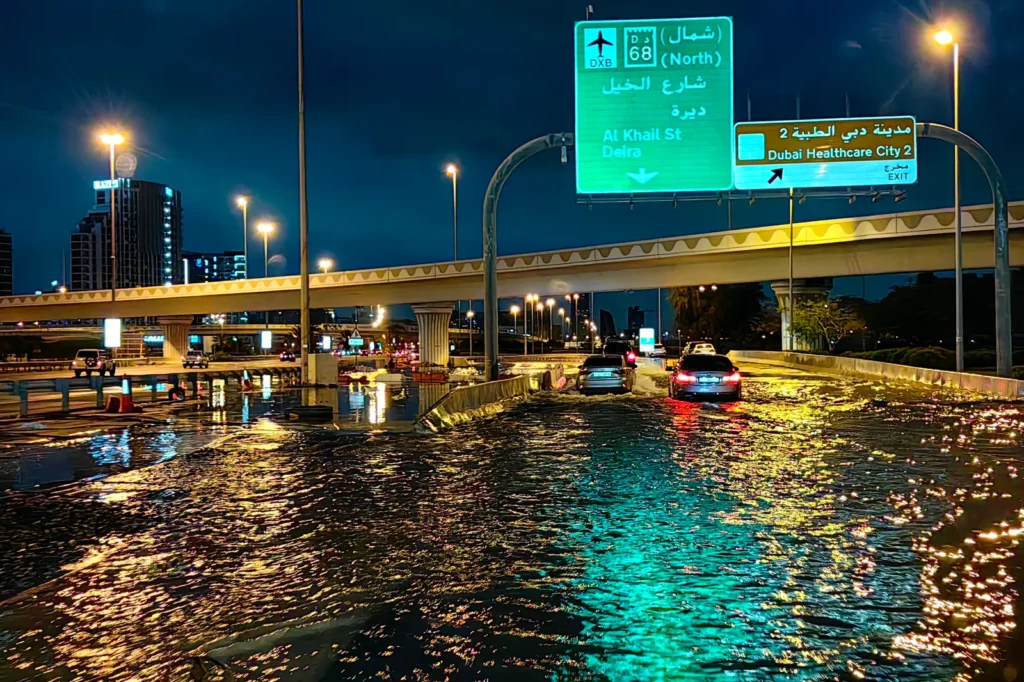Dubai recently experienced its heaviest rainfall in 75 years, leading to devastating floods that shut down the airport and tragically claimed lives. While the United Arab Emirates (UAE) has a long history of cloud seeding – manipulating clouds to trigger rain – officials insist this practice wasn’t linked to the deluge.

The National Centre of Meteorology (NCM) maintains that cloud seeding targets clouds in their early stages. Since Dubai’s downpour stemmed from a mature storm system, they argue it was too late for intervention.
However, this explanation raises questions. The UAE, known to celebrate rain as “rains of goodness,” has actively pursued cloud seeding for decades. While no missions flew on the exact day of the storm, there were cloud seeding operations earlier in the week.
The unprecedented nature of the event adds another layer. This much rain in such a short period overwhelmed a desert city largely built on concrete and glass, with minimal green space or proper drainage systems. What might be manageable precipitation elsewhere turned catastrophic in Dubai.
The flooding exposes vulnerabilities in Dubai’s infrastructure, not a flaw in cloud seeding technology. The rapid urbanization prioritized aesthetics over functionality, neglecting essential flood management measures. The situation is further complicated by climate change. Shifting weather patterns create unpredictable conditions, making extreme events like this more likely.

The takeaway? While the allure of manipulating the weather holds intrigue, Dubai’s flooding appears to be a wake-up call on urban planning. Cities worldwide are exploring ways to become “spongier,” absorbing rainwater and mitigating floods. Perhaps Dubai should focus on mimicking a sponge, rather than squeezing rain out of the clouds.
Reference- Wired, CNN, AccuWeather, The National, Bloomberg, Reuters







